How we use our dollars is incredibly powerful. We can spend to keep ourselves afloat, whilst making informed decisions to support businesses who are aligned with our own ideologies. At the same time we can ensure our communities remain bouyant also. Especially in times of increased uncertainty.
We are told a strong retail sector reflects and sustains a strong economy. Ongoing economic stability is crucial for maintaining for the day-to-day standard of living for us all. Retail is a key driver of Australia's Gross Domestic Product GDP contributing approximately $134 billion to the economy nationwide. That seems like a lot. It is. Just over 8% it turns out. And it directly keeps 1 out of 10 Aussies employed. Indirectly, another 1 out of 7 in supporting industries.
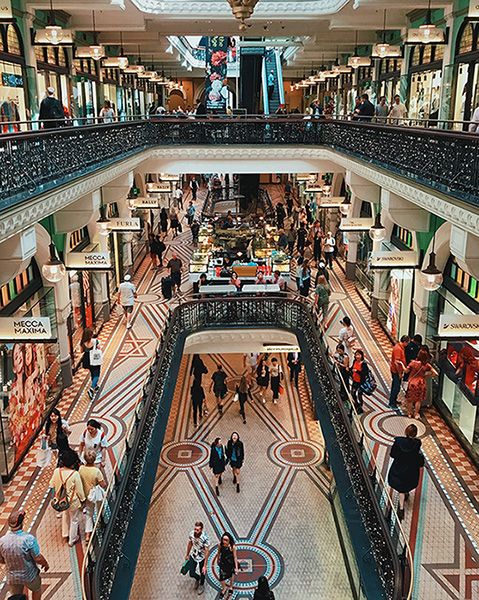
As inflation becomes less of a shadowy whisper, it is important now more than ever, to be mindful of our fiscal spend. We want to make our money go further for our household through conscious expenditure. And in doing so activate the circular economy in our own hood, so it comes back round. Here's why and how:
1. Support the Australian Economy
It's a no brainer. If we support local businesses, especially those who manufacture and distribute goods & services made in Australia, peoples' jobs are secured and burgeoning small businesses have a chance to grow legs. We maintain resilience by keeping $ circulating throughout. With retail expenditure representing almost half of household consumption, our spend behavior has a very real impact on how well we all weather any kind of storm, financial or otherwise.
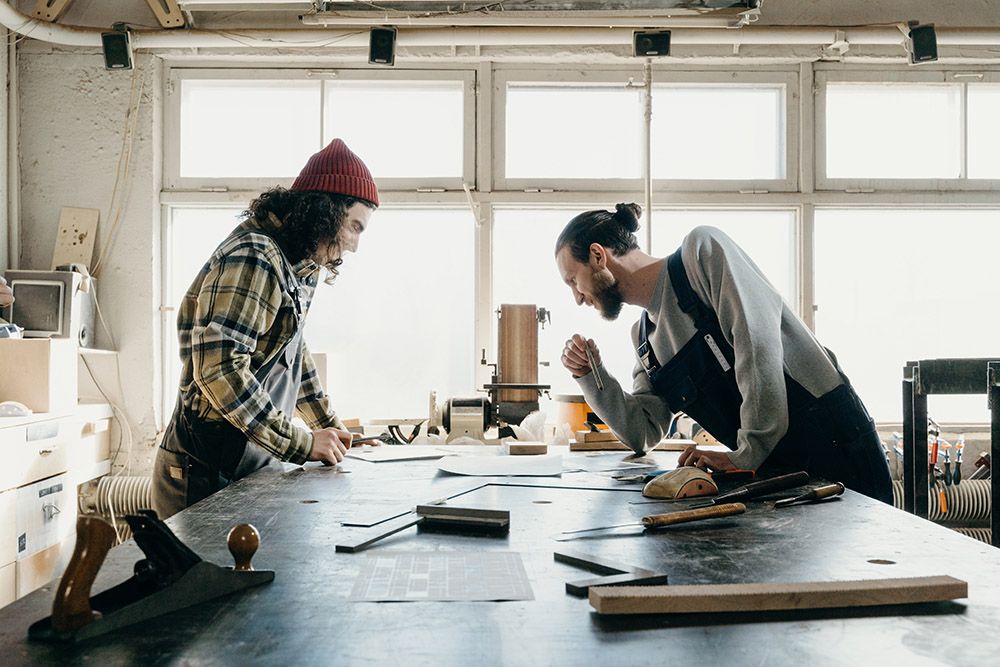
2. Australian Standards
We have stringent standards and compliance regulations covering labour, safety and quality control. What that means is you know you're buying quality and people are being paid appropriately in safe non-exploitative environments. In some nameless countries & mega corporations, dispensible workers wear nappies on a production line and worse. Australians have toilet breaks & sick pay. Seems worth paying a little extra for.
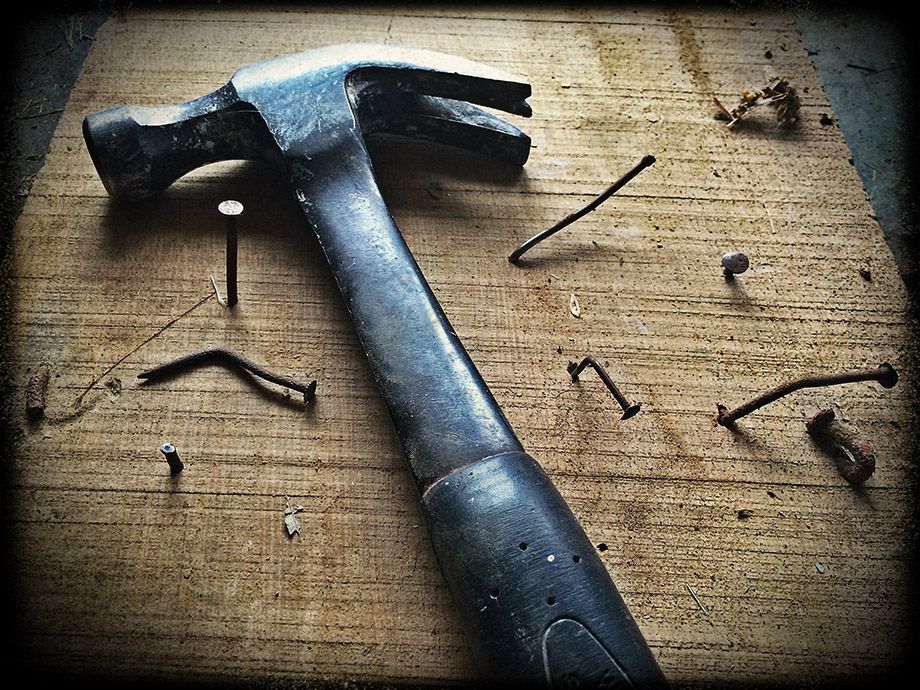
3. Better Lead Times + Delivery Costs
Being local means there's less turnaround. This reduces time involved in the process from beginning to end. From intial product conception to manufacture. Also when you first click on an online image to when it can be sampled at a shopfront or arrive at your door. It also reduces delivery costs. Even in times of supply chain slowdown, there's usually less wait for a locally made product than one shipped in from overseas.
4. Customised Innovation and Support
Locally designed products respond to our environment. Designers listen to the needs of the end user. Our voice is heard and responded to accordingly. This goes through to support also where help is only an email or phone call away with people who not only know their product but also us as the consumer.

5. Environmental Sustainability
Buying Aussie Made greatly reduces energy consumption used in the cradle to grave cycle of a product. A notable one is embodied energy accrued during transportation. Reducing all this contributes to less greenhouse emissions.
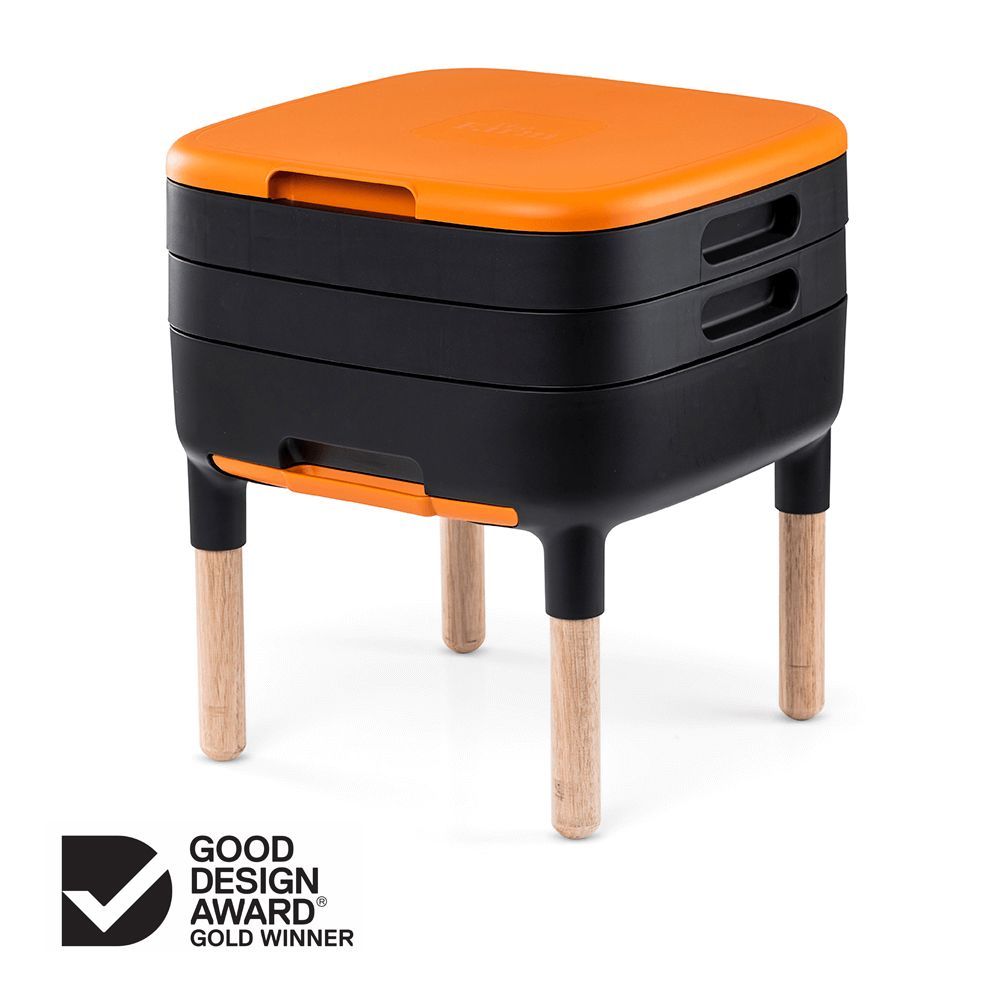
Exacting standards imposed on Australian goods and services means that they have a longer life than overseas products, which do not fall under the same level of quality control scrutiny. Meaning maximised bang for buck with slower replacement levels. Better ROI all round! Shop wisely and we may never replace some items if they're constructed well & built to last. And if they don't, locally made products are much easier to repair.
A false economy is buying disposable low quality items with a cheaper up-front price tag. We all pay the price for these actions in the end. The ultimate goal for zero waste & true environmental sustainability is to eliminate landfill and the ongoing cycle of waste. This is how we stem the tide.

6. Post C-19 Recovery
Forced lockdowns have cost individuals and the economy a great deal. We all know it. Research now argues that extended lockdowns in many ways had a more negative impact overall than if they had not occurred. A recent poll showed that the majority of Australians considered the pandemic response "heavy handed".
The best way to address this is to support local business and buy Australian made. In doing so, we kickstart small business, jobs, primary producers and industry which bring revenue back through all of our sectors reducing the pain and enabling the people around us to revover from the econonic and social impacts endured.
We can ensure that the circular ecomomy is just that, a circle which goes round and round we all benefit from. Not a trickle or even an upward deluge. Hop aboard the money-go-round!
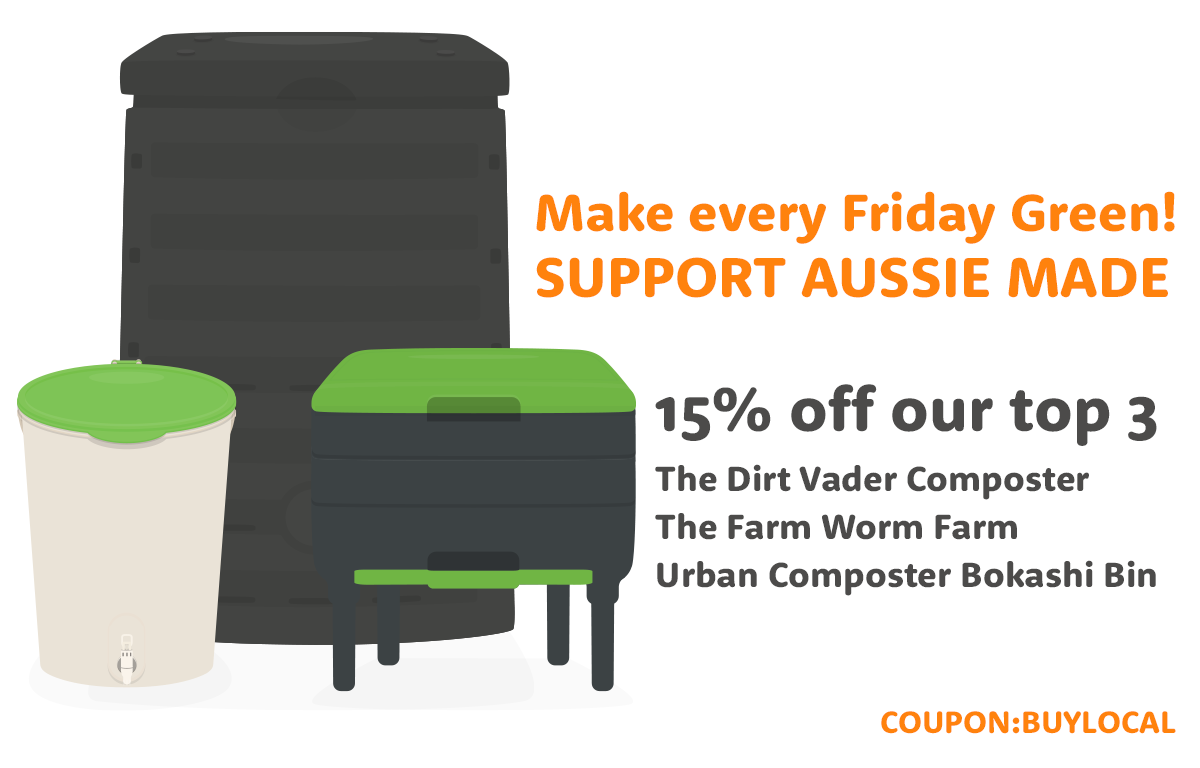
FYI. Our top 3 systems: The Dirt Vader, The Farm, and Urban Composter Bokashi are all designed and Made in Australia using recycled plastic.


